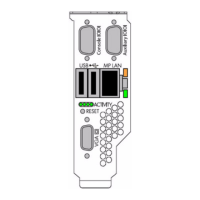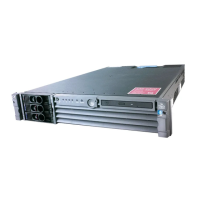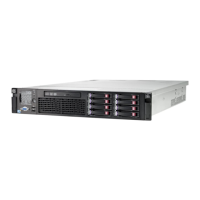Table 5-7 Custom script file options (continued)
ValueOption
Specifies the preferred path for the logical drive when redundant array controllers
are in an active-active redundancy mode and the preferred path mode is set to
Manual. This option is only available for certain redundant array controllers. If the
option is not specified, the preferred path remains unchanged for the logical drive.
This option is ignored in active-standby configurations and in active-active
configurations when the preferred path mode is Auto.
1
The controller in chassis-slot 1 is the preferred controller I/O path for the logical
drive. This is the default value.
2
The controller in chassis-slot 2 is the preferred controller I/O path for the logical
drive.
PreferredPath
Specifies to which HBA to apply the configuration changes.
WWN [N]: The external controller with World-Wide Name (WWN) N is used.
HBA_WW_ID
A user defined string used as the connection name for the specified HBA.
“XXXXXXXXXXXXXXXXXXXX”
Varying length string that can consist of any of the following characters: a-z, A-Z,
0-9, ! @ # * ( ) , - _ + : . / [space]. This string has a maximum length of 16 characters
and can contain embedded spaces but cannot end in a space character.
ConnectionName
Specifies the Host Mode for the selected HBA. Setting the Host Mode optimizes the
storage array for the selected operating system. The available host modes for an
HBA are device specific, and not all modes are available on all devices. Not all
HBAs support a Host Mode. The following operating system options might be
available:
• Default
• Windows
• Windows (degrade)
• OpenVMS
• TRU64
• Linux
• Solaris
• Netware
• HP
• Windows_SP2
HostMode
Error reporting
When using the cpqacuxe utility, any errors that are encountered are logged to the error.ini
file or the specified error file. Error codes are also returned to the calling process, allowing
scripting clients to key off the return code instead of having to parse the error file.
The error file displays the error code, error message, and if possible, lists the controller, array,
or logical drive associated with the error.
The format of the error file is as follows:
Line1:ACU Configuration Replication Error
Line2:ERROR: (<error code>) <error description>
Line3:Controller: Slot # | SerialNumber # | WWN #
Line4:Array: #
Line5: Logical Drive: #
78 Utilities Reference

